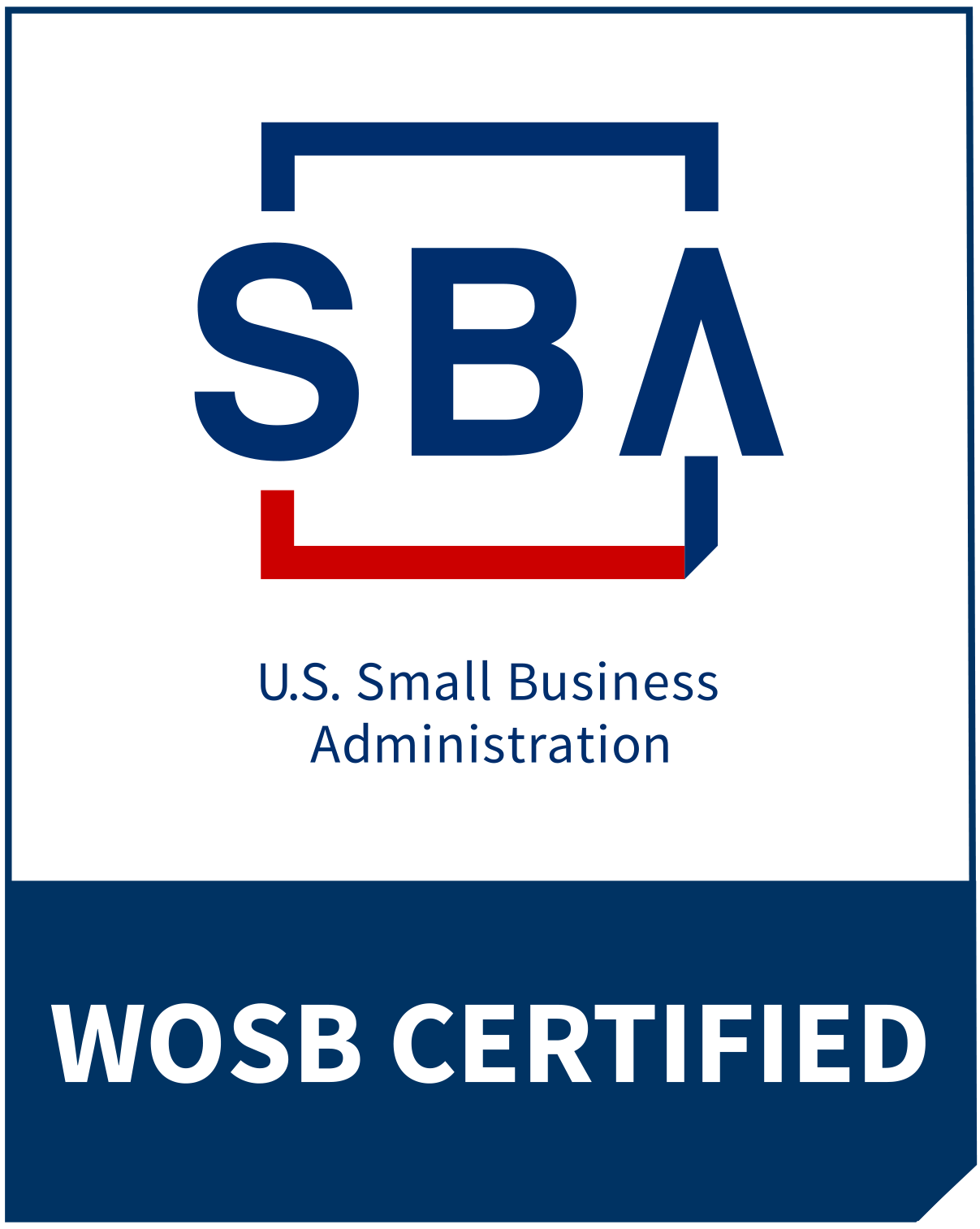For the past 8 years, Booz and Company has been conducting a Global Innovation study to drive deeper understanding behind R&D spending and its impact on financial performance as well as to understand other factors contributing to innovation success beyond R&D spend. The 2012 Global Innovation 1000 report identifies several key drivers of innovation success — and a few important learnings about where companies can focus to drive more sustainable, profitable innovation.
At the center of the innovation process, of the companies surveyed, a full 75% felt that they were NOT highly effective at generating new ideas and converting those ideas into development projects. Relative to the 25% that have figured it out, these companies are underperforming on most key measures — revenue growth, market cap growth and earnings as a percentage of revenue. There are two primary parts of this equation — coming up with good ideas, and then converting them, but we’d argue there are also several secondary factors — culture, entrepreneurial talent and an integrated, multi-functional, focused approach to innovation.
Digging deeper, the study revealed that organizations are struggling, almost equally with those two primary factors (coming up with ideas, and then converting them into development projects). Clearly, getting it “right” in these two areas is a critical opportunity.
First, 57% of organizations feel that they’re not highly effective at coming up with ideas. Based on our experience, a few core factors can lead to meaningful progress in creating a pipeline of relevant, actionable ideas:
– Implement a focused and resourced process to generate new ideas. This must include talent from multiple functions across the organization, a commitment to fund and leverage research (observational, custom market research and/or market/trend watching, for example), appropriate time allocated to creative idea generation, and a clear, aligned set of criteria to prioritize ideas as they are generated.
– Create and nurture a culture that supports coming up with new ideas. According the report, approximately “57% of respondents say their company’s culture does not support efforts to come up with new ideas.” Cultures that nurture ideas are those that reward failure for the learning it produces, seek and implement the input of frontline employees and customers and are led by leaders that fully embrace both discipline and entrepreneurship, among other characteristics.
Second, 64% of the organizations in the study feel that they aren’t highly effective at converting ideas into development projects. So, even if they create ideas, the ideas rarely make it beyond a spreadsheet or word doc listing. According to the report, “In the view of many innovation experts, this is where the most value is added.” The key to success for converting ideas into initiatives, “is for companies to have the right people in place to manage the process, using experience and judgment to rigorously make the needed decisions.” We concur. Having a process, the right talent and the right resources against the effort are critical factors required to carry an idea into development and beyond.
The problems holding your innovation efforts back are clear. Yet, a gap still remains between the successful companies at innovation and the rest. Begin by focusing your efforts against these two opportunity areas and you’ll start to reap the benefits of successful innovation.
Photo licensed under Creative Commons 2.0 via Flickr user: George Rex



